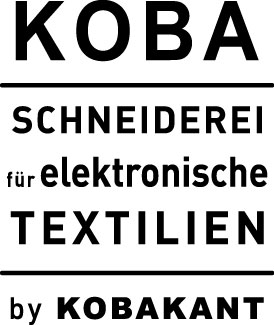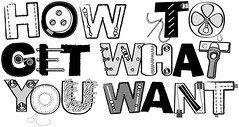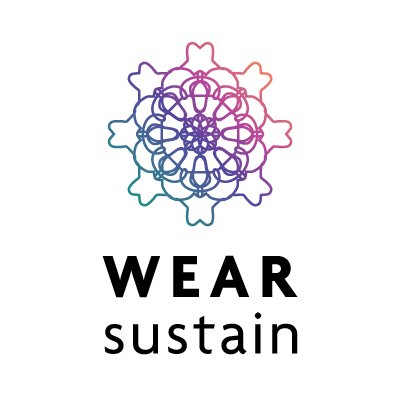More real or more fantastical?
Money / No Money?
It is now May, and KOBA has been since December 14th. We’ve been open for “business” for four and a half months now. And yes, it does finally feel like we’ve reached “Business-as-Usual” – a term we used to refer to a kind of every-day regular tailor business where we would come to the shop and make make make. Emails, taxes, cleaning up… the overhead still piles up and represents a huge distraction, but we’re basically where we said we wanted to be: making people’s wishes come true on as a day-to-day business.
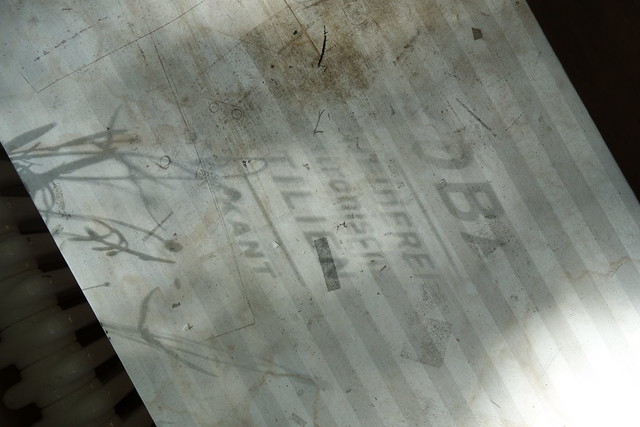
The commissions we’re getting now include some from people “off the street”, meaning they’ve heard about us because we have a Ladenraum (shopfront), either by walking past or seeing us online. We now have a sign in the window stating that we’re an art project interested in making (your) wishes come true, and a price list implying that the “products” of our labor are truly affordable.
After spending the first months confronting potential customers with the decision of what would be a fair price, we decided this was deterring them them from fantasizing about what they want, and creates a barrier to placing an order. To some extent this open-ended question of how much should it cost seems solved with this. We are an art project. We have received funding. We work for “free”?
But no, it is not for “free” because we are subsidized? Plus, we are realizing our own fantasy with this project. But even without subsidy, maybe it is incorrect to say we are working for “free”. I quite like this narrative: we are in fact making a good profit off our customers, they are paying us with their personal data (oh no!). But we ask them first. We are paying our customers to engage as protagonists in our story. They get their commission, and we get the story. This still means we spend long hours and late nights in the studio researching, developing, and making “products” for other people who have “paid” for them. But we do it to harvest their stories. Now who is the exploited?
But can we really park the whole money question so simply aside and focus on the story of creating fantastical because bespoke and personal technologies?
Especially in the beginning we quickly interpreted anybody’s pressing questions about our economic sustainability to be a misunderstanding of what our project is “really” about. We would reply: “we’re not in the business of making money, we’re in the businesses of telling the story of an alternative reality, in which custom made technology is commonplace”.
But people do understand that we’re not primarily driven by monetary profit or the desire to multiply a design in order to make it more profitable, yet they still worry and ask us about how we will continue.
One year is a very short time to open a shop, get it running, attract customers, go through a few iterations of putting things out into the world. We would like to run the shop for longer to tell a better story. But how much longer? Maybe only time will tell.
But the longer we run, the more pressing the question of sustaining it/ourselves becomes. More funding? Arts funding? Crowdfunding? Is there any chance AT ALL we could actually make it economically sustainable in a long run? Engaging with the economy does not mean we automatically become a profit-driven startup – we can be infinitely creative about how we fund a shop like this. But I think for this to happen we also need to re-evaluate and rethink the details of our story.
Is it really the common person we are reaching with our setup? Is it really about pretending that tailored tech is common place? Are we trying to be on par with basic needs – staples like bread and milk that the government subsidizes to insure they are affordable by “everyone”?
Maslow’s Hierarchy of Needs:
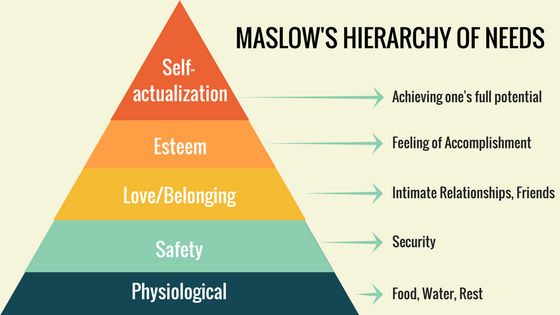
I’m writing all this because I really wonder these days, because I wonder how our story has evolved since opening our doors. Our goal was not only to ask everybody to fantasize about custom made wearable technology, it was also to offer the “idea” of a real alternative to mass-production.
We spent days, weeks talking through these details of the project’s underlying motivations. Talking and sketching this idea that KOBA provides a platform for people to imagine another possible future.
If we look at the Possibilities cone for probably, possible and preferable futures… I always imagined KOBA to be situated towards the edge of the full possibility cone, working as an instance to keep the cone wide and expand the horizon of people’s imagination. But now I feel we are so close to the probably cone (or even inside it?) that the work we are doing is not in expanding possibility, but rather in the reality of possibility. On the boarder of possible and probably – are we demonstrating how to bring new possibilities into reality?
Possibility cone:
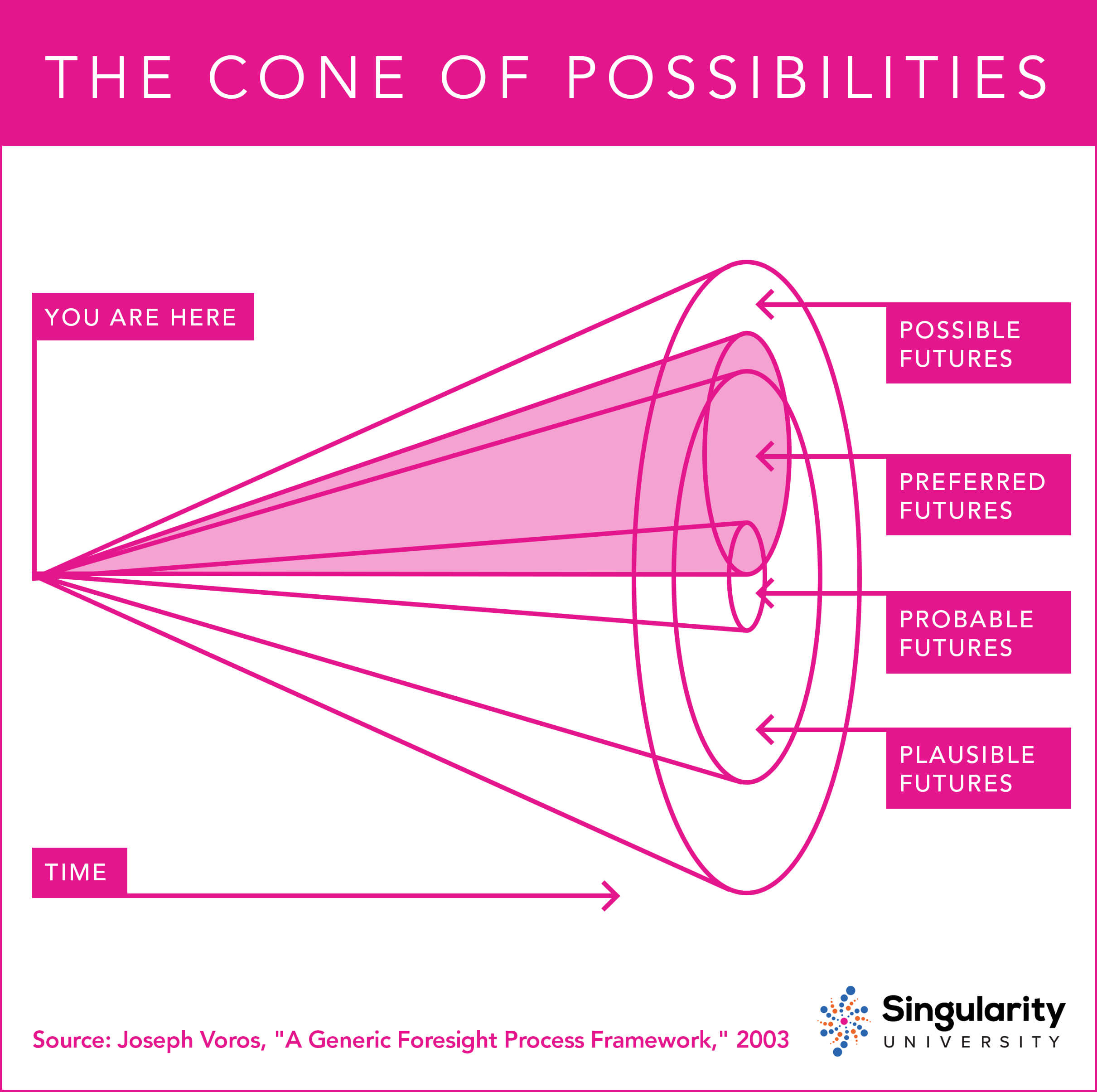
Ebru’s Lost Possibilities Cone:
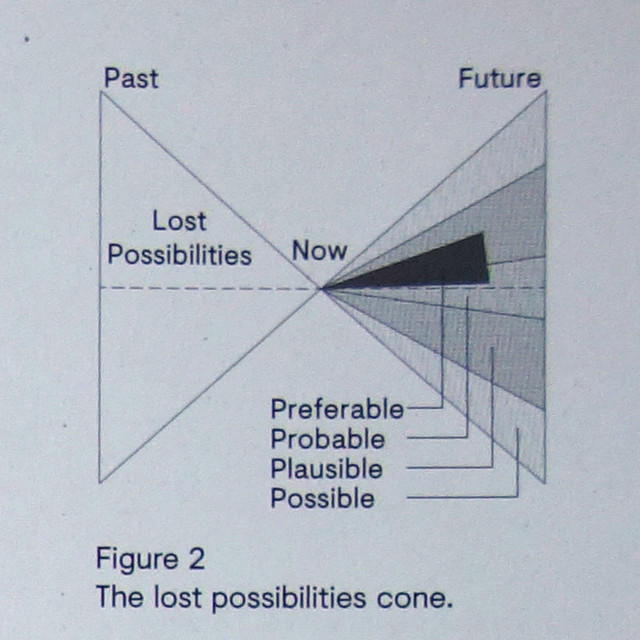
Diverse Futures sketch:
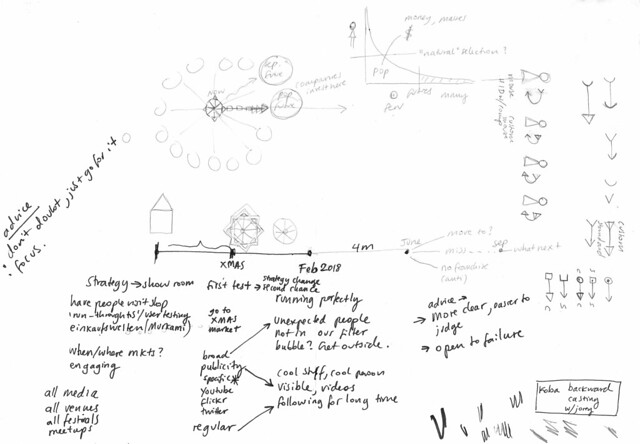
So now I am thinking, is this re-evaluation of our situation in the cone, a realization that this is where we sit with our concept and want to stay tactically there? And if yes, then could it be that offering a real alternative is an even more fantastical story than pretending we can for only a short time?
We shifted our narrative away from the “how much should it cost” question because we saw it in the way of fantasizing about what you want. A “real” sustainable business model could take care of this question too, but instead of a fairytale price-list to park the economic idea aside, a sustainable price list to address the economy full-on.
Are we fantastical because we situate ourselves outside of the economic system?
Or, we were able to pay ourselves for the work we do, would that actually make it even more fantastical???
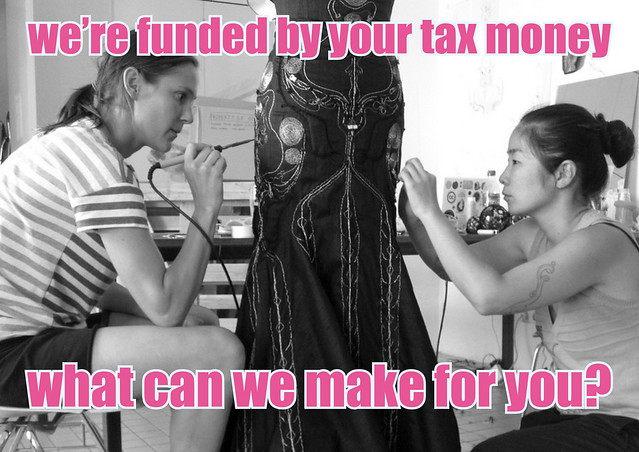
But then, here another narrative: we are not content to be so close to reality that we’re confused with it, we want to expand the cone by telling a fantastical tale about technology. How do we get back out there to the fringes? Do we need to be more crazy more extreme, more performative?
To some extent what works for me in terms of fantastical are the stories of the commissions we have received. But I have developed a high threshold to technological wonder in e-textiles and wearables, so where others would simile and consider something to be strange and wondrous, for me it is obvious or uninteresting. So I’m a bit afraid to be judging the level of fantasticalness of our commissions because I think I’m no longer neutral. I’m skeptical. I want to be surprised and nothing has really surprised me so far.
Was our Opening Collection not strange enough? Did it already narrow the cone to constrain the variety of commissions we’re receiving. Running the shop has definitely been an experience in observing just how much we are influenced and inspired by what we see, and how strange (as in unusual and unique) ideas are rare.
Are we missing to add the “KOBAKANT twisted humor” to our commissions as a way of inserting our message about alternative futures into the garments we make? Are we too busy making to be creative about technology ourselves these days!?!

How the drudge of the everyday pulls at us and drains our ability to do things differently. Are we just short on energy to run this project well? Are we investing our energy in the wrong places? Are we judging ourselves too early?
I don’t want this post to go negative. It is a challenging thing to be re-evaluating and thinking about our original intentions. Only, now the question arises of: do I act on these thoughts and try to do something differently? Or is it about holding out until the end to then take a step back and evaluate?
After all we said from the start we are not simply speculative design, we take the speculation into reality by playing it out. What I am experiencing might simply be the result of embedding speculation in reality: the creation of new reality that is not that far from what it was before. Because reality changes slowly!
In her foreword to the Stitching Worlds publication, Fiona Raby writes:
“What if as designers we could provide access to processes of imagining? Ideas that challenge and expand possibility, opening up alternative realities that previously would have remained unimagined.”
This is what we had in mind when we opened our tailor shop, to provide access to processes of imagining. But is it what we have achieved? To open up our process of imagining? Do we ourselves even have time and energy to do the same kind of “imagining” we have done in our past works?
If you have ideas, please comment bellow!
Thank you for reading:-)
